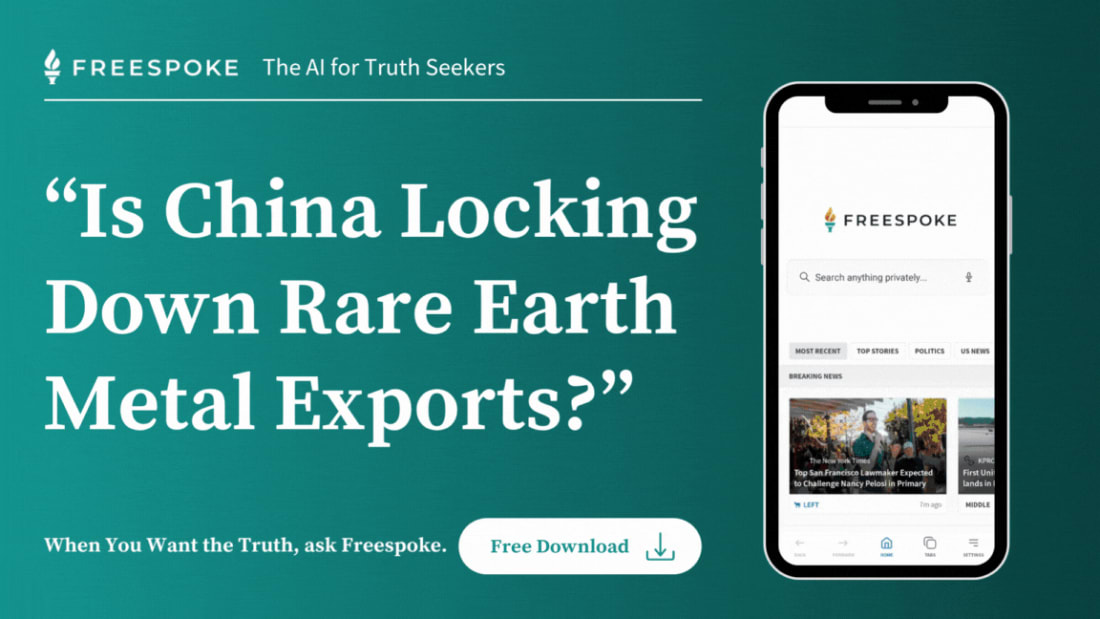|
 |
Hello Capitalists,
In a new section for The Capitalist, “Do Your Own Research” breaks down financial subjects to equip our readers with the knowledge to make better financial decisions in their lives.
A lot of this stuff can seem complicated and secretly we all wish we were way more financially literate than we are, and know more than we do, so thats where “Do Your Own Research” will come to the rescue.
Full disclosure: This is not financial advice. (We aren’t going to be telling you to buy anything.)
Our aim is simply to break down a new subject every week clearly and in plain english, and in a few minutes reading on a Sunday (over a coffee or a beer?) leave you, our loyal readers, smarter and more knowledgable than you were before.
In the coming weeks we will cover stock trading, investing, options, shorting, bonds, and many other subjects and if there is something you want us to cover, let us know in the comments.
So pour a coffee or grab a beer and let’s dive in to our first subject, which is something something we’ve all heard about:
401Ks
In the summer of 2023, “Maria,” a 32-year-old teacher in Ohio, sat down with a financial advisor for the first time. She had just received a modest raise, but her savings account, dutifully fed each month, wasn’t growing fast enough to ease her anxiety about retirement. “I keep hearing about 401(k)s,” she said, “but it feels like a black box.”
“Maria’s” uncertainty is not unique. For millions of Americans, the 401(k) is both a cornerstone of financial planning and a source of confusion—a system that promises security but demands navigation through a labyrinth of choices, risks, and fine print. As wealth inequality widens and Social Security’s future grows uncertain, the 401(k) has become a critical, if imperfect, tool for securing a stable retirement. But what exactly is it, and why does it matter?
Is Your News Lying to You?
Discover the Truth with Freespoke
In today’s media world, misinformation spreads faster than markets can react. One minute you’re reading about 401(k) changes, the next you’re wondering if China’s rare earth metals exports are really the key to America’s future, or just another hype cycle.
That’s where Freespoke comes in.
Freespoke helps you separate truth from misinformation. With one tap, you’ll see the full picture with what experts agree on, where they differ, and what’s being overlooked. It even surfaces answers from publishers you trust, like The Capitalist, so you can know what’s reliable.
It’s anonymous, clean, and uncensored. No tracking. No data harvesting. Just truthful information.
Whether you’re fact-checking a viral investing claim, researching energy trends, or trying to understand what’s really happening with your retirement, Freespoke helps you ask smarter questions and get full truth answers.
As an exclusive for The Capitalist readers: Get 35% off Freespoke Premium with code cap35.
Premium gives you ad-free browsing (no more creepy Big Tech trackers), unlimited AI summaries that break down complex financial question in seconds, and searchable podcast transcripts that pull truth straight from the experts.
If you want the truth, download the free app today and see what’s really going on.
A 401(k) is a tax-advantaged retirement savings plan offered by employers, named after a section of the U.S. Internal Revenue Code. Employees can contribute a portion of their pre-tax income to the plan, which is then invested in assets like stocks, bonds, or mutual funds. The money grows tax-deferred until withdrawal, typically after age 59½, when it’s taxed as income. According to the U.S. Bureau of Labor Statistics, 67% of private-sector workers had access to a 401(k) or similar plan in 2023, but only 50% participated, often due to confusion or financial constraints. The system’s complexity—coupled with its centrality to retirement planning—makes understanding its mechanics essential.
Types of 401(k)s: Choices Within Choices
Not all 401(k)s are created equal. The two primary types are Traditional and Roth 401(k)s, each with distinct tax implications.
In a traditional 401(k), contributions reduce your taxable income now, but withdrawals in retirement are taxed.
A Roth 401(k), by contrast, is funded with after-tax dollars, but its withdrawals are tax-free if certain conditions are met.
According to a 2024 Vanguard report, 14% of 401(k) plans offered a Roth option in 2023, up from just 5% a decade ago, reflecting growing interest in tax-free retirement income. Some employers offer both, allowing employees to split contributions based on their financial goals.
Other variations exist, like the SIMPLE 401(k) for small businesses and the Safe Harbor 401(k), which mandates employer contributions but simplifies compliance. Each type requires employees to weigh trade-offs—tax benefits now versus later, flexibility versus structure—making informed decisions critical.
401(k) vs. Savings Accounts: A Study in Trade-offs
Unlike a 401(k), a traditional savings account offers no tax advantages and typically yields minimal interest—often less than 1% annually, per the FDIC’s 2025 data. High-yield savings accounts fare better, with rates around 4–5% in 2025, but they still lag behind the long-term average return of 401(k) investments, which hover around 7% annually before fees, according to historical S&P 500 data.
Savings accounts offer liquidity—you can withdraw funds anytime without penalty—but lack the growth potential of 401(k)s.
Conversely, 401(k) funds are locked until retirement (with exceptions like hardship withdrawals), and early withdrawals before 59½ incur a 10% penalty plus taxes.
The choice isn’t binary. A savings account provides a safety net for emergencies, while a 401(k) is a long-term wealth-building tool. “Maria,” for instance, could keep three months’ expenses in a high-yield savings account but directs her raise to her 401(k) for future growth.
The Employer Match: Free Money with Strings
One of the 401(k)’s most attractive features is the employer match, where companies contribute to an employee’s plan, often matching contributions up to a percentage of salary. For example, a common match is 50 cents for every dollar contributed, up to 6% of an employee’s salary. This “free money” is a powerful incentive, but it often comes with vesting schedules—rules requiring employees to stay with the company for a set period before fully owning the matched funds.
Where to Get a 401(k)
A 401(k) is typically offered through an employer, with providers like Fidelity or Vanguard managing the investments. Self-employed individuals can open a Solo 401(k) through financial institutions. Not all employers offer 401(k)s, particularly small businesses, leaving workers without access. For those without employer plans, alternatives like IRAs exist, but they lack the employer match and have lower contribution limits.
The Upsides: Why Invest?
The 401(k)’s appeal lies in its tax advantages and growth potential. Contributions reduce taxable income, potentially saving thousands annually. A 30-year-old contributing $5,000 a year at a 7% return could amass over $500,000 by 65, per compound interest calculators. The employer match amplifies this, and diversified investments mitigate risk over time. For many, like “Maria,” it’s a hedge against an uncertain future where Social Security may cover only 40% of pre-retirement income.
The Risks: Proceed with Caution
Yet, the 401(k) isn’t a panacea. High fees—sometimes exceeding 1% annually—can erode returns, with a 1% fee reducing a nest egg by 28% over 35 years, per the SEC. Market volatility poses risks, as seen in 2008 when 401(k) balances dropped 20–40%. Over-investing in a single stock, like one’s employer out of loyalty or dedication, can be catastrophic if the company falters (Enron, Bear Sterns etc). Early withdrawals, penalties, and loan provisions (available in some plans) tempt short-term thinking, undermining long-term goals. And not all plans are equal—some offer limited investment options or high-cost funds.
A Fragile Lifeline
“Maria’s” journey into the 401(k) maze reflects a broader truth: the system empowers those who navigate it wisely but punishes the uninformed. As wealth concentrates and retirement costs rise, the 401(k) remains a critical, if flawed, tool. Its tax benefits and employer matches offer a path to security, but fees, market risks, and access gaps demand vigilance.
This has been “Do Your Own Research,” we hope this was useful and we’ll see you next week. Don’t forget, if you have an idea for a topic you want us to cover, let us know in the comments.
The Capitalist is a reader-supported publication
You're currently a free subscriber to The Capitalist. For the full experience, upgrade your subscription.

